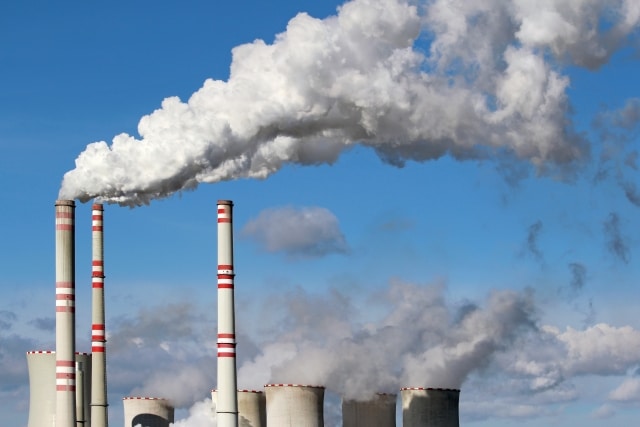First issued in 2011 but quickly met with numerous legal challenges, the EPA‘s Cross State Air Pollution Rule is finally cleared for takeoff.
Last week, the U.S. Court of Appeals for the D.C. Circuit lifted a hold it had placed on the CSAPR, effectively giving the EPA a green light to begin implementing the rule, which regulates air pollution from power plants in 28 states that drifts across state lines, contributing to ozone and fine particle pollution.
The CSAPR creates a two-step process: first the EPA determines whether or not a state contributes more than 1% of the pollution causing a neighbor to exceed federal air standards, then the EPA gives the polluter state an emissions budget based on a complex modeling system.
It’s been a long road for the EPA to get to this point. Courts struck down the agency’s first two attempts to draft a rule for regulating sulfur and nitrogen emissions from power plants that drift from one state to another. After the EPA announced the final CSAPR in July of 2011, the D.C. Circuit Court of Appeals placed a hold on the rule the following December before throwing it out altogether last year in response to a lawsuit filed by 15 power utilities and upwind states.
But in April of this year, the Supreme Court ruled 6-2 in favor of the EPA, upholding the CSAPR. In the majority opinion, Justice Ruth Bader Ginsburg wrote that the CSAPR “is a permissible, workable, and equitable interpretation of the Good Neighbor provision” of the Clean Air Act, which grants the EPA the authority to regulate intersate pollution that threatens national air quality standards.
There were some issues raised by the lawsuit against the EPA, including several state’s individual claims, that were not considered by the Supreme Court; the D.C. Circuit Court will hear oral arguments over those challenges to the CSAPR in March of next year. But none of them are expected to significantly jeopardize the overall rule.
By the EPA‘s estimates, the CSAPR will yield between $120 and $280 billion in health and environmental benefits in 2014 and will prevent anywhere from 13,000 to 34,000 premature deaths.
“This far outweighs the estimated annual costs of CSAPR,” the EPA says on its website. “The $800 million in annual projected costs of this rule in 2014, along with the roughly $1.6 billion per year in capital investments already under way as a result of CAIR, are improving air quality for over 240 million Americans.”
CAIR is the EPA‘s Clean Air Interstate Rule, issued in 2005, which the CSAPR will finally be allowed to replace now that the legal hurdles have all been cleared.
The Cross State Air Pollution Rule is considered a major pillar of President Obama’s climate change agenda. After the Supreme Court ruled to uphold the rule, John Podesta, a senior advisor to Obama, tweeted: “Victory for lungs everywhere: SCOTUS recognizes dirty air doesn’t stop at state borders, upholds #EPA pollution rules.”
Subscribe to our newsletter
Stay up to date with DeSmog news and alerts







